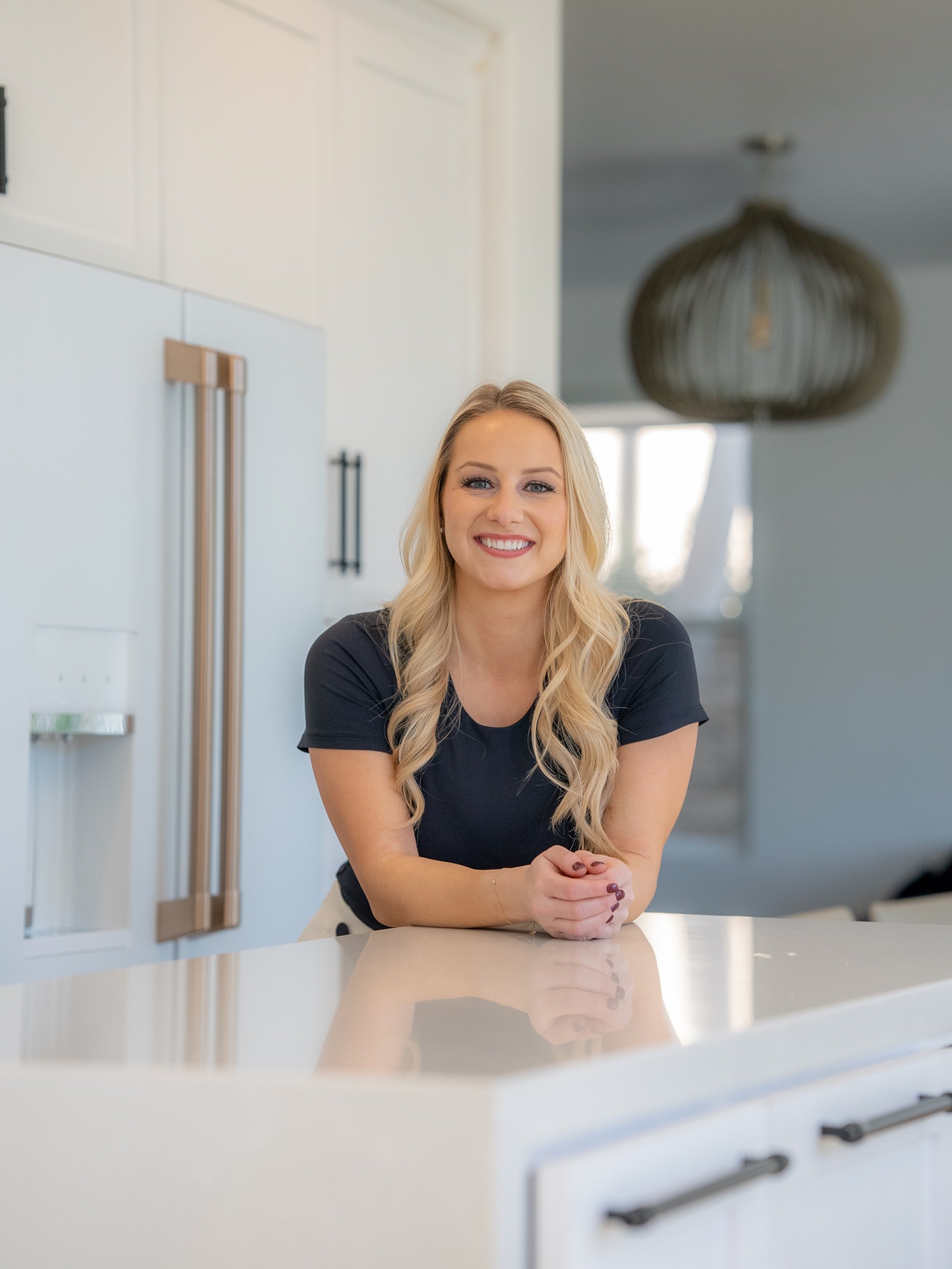How to Price Your Home Right in a Shifting Market
If you’re thinking about selling your home in Greater Seattle or the Eastside, one of the most important decisions you’ll make is pricing your home correctly. When conditions are changing, the right price can mean the difference between multiple offers and sitting on the market for weeks. But how do you know what the right price is when the market is always shifting?
In this article, I’ll break down how to price your home right in today’s evolving real estate market so you can maximize your sale and attract serious buyers.
Why Pricing Matters More in a Changing Market
In a stable market, home prices tend to rise or fall gradually. But in a shifting market — like we’ve seen recently with rising mortgage rates and changing buyer demand — pricing becomes a powerful strategy. Overpricing can turn off buyers quickly, leading to price reductions later (which often sell for less than if priced right from the start). On the other hand, underpricing can leave money on the table.
The goal? Price competitively so your home stands out while still maximizing your return. Here’s how you and your agent can achieve this goal.
1. Analyze Recent Comparable Sales (Comps)
Look at homes similar to yours that have sold in the past 30-90 days. Ideally, there will be enough sales in your area that you can look at the last 30 days, but sometimes there is not enough data to only look at the last month. In a fast-changing market, older comps (3-6 months ago) may no longer reflect current buyer behavior. Even if you spoke with an agent a few months ago who gave you a comprehensive estimate at the time, know that it is likely no longer accurate as our market changes rapidly.
When looking at comparables, it’s important to take into account:
Final sale price vs. list price
Days on market
Price reductions before sale
Distance from your home
Features, updates, and condition of the comparable homes vs your home
Your real estate agent can provide a custom market analysis based on the most relevant comps in your neighborhood. The key word here is relevant; Make sure whoever you are working with is looking at homes that are most similar to yours and taking into consideration the differences that may drive your valuation up or down. For example, if your home has a 2 car garage and the other recent sales have no garage, generally this would make your home more valuable to a potential buyer and should be priced into your valuation.
2. Watch Active Listings and Pending Sales
Active listings are your competition. These are the homes that are currently on the market and what buyers will be looking at when they are also looking at your property. If a comparable home is overpriced, this can be an advantage for you. If it is underpriced, this can be a challenge.
Pending sales (homes under contract) give insight into what buyers are currently willing to pay. This is typically the most fresh data as these homes just had buyers and sellers come to an agreement on price. Keep in mind though, these homes have not officially sold so there is still a chance that they might not close at the listed price. This means there is a chance they could end up selling above or below the listed price.
Reviewing both of these data sets helps set a price that’s competitive today, not months ago.
3. Consider Current Buyer Demand
Are homes in your area seeing bidding wars or price cuts? Is inventory rising or shrinking? Tracking market trends like:
Interest rate changes
Seasonal shifts in activity
Local supply and demand
…can guide your pricing strategy. For example, in early 2025, Greater Seattle saw moderate demand but more price sensitivity due to higher rates, making accurate pricing even more critical. Watch my Q1 2025 market update for more insights into how the local market played out at the beginning of the year.
4. Avoid the Overpricing Trap
It’s tempting to list high “just to see what happens.” But in today’s shifting market, overpricing often leads to:
Fewer showings
Stale listings
Price drops that weaken your negotiating power
Homes priced right from day one tend to sell faster and closer to asking price or even above, often with stronger offers.
5. Adjust Quickly If Needed
The first one to two weeks on the market are crucial. If you’re not getting showings or offers, be ready to adjust. A proactive pricing strategy helps you stay ahead in a market that can shift month to month.
Thinking About Selling? Let’s Price It Right Together
Every neighborhood and price point in Greater Seattle and the Eastside is unique, and pricing your home right starts with local expertise. If you’re considering selling in 2025, let’s connect for a complimentary market analysis and customized pricing strategy.
Meet Veronica Morss
As a Washington native, Kirkland expert, and award-winning agent, Veronica Morss brings unmatched local insight and a client-first mindset to every real estate transaction. With a proven track record in multimillion-dollar negotiations, she blends deep neighborhood knowledge with the latest marketing strategies to help buyers, sellers, and investors succeed across the competitive Greater Seattle market. Supported by eXp Realty’s global reach, Veronica combines hyper-local expertise with world-class resources to deliver exceptional results, especially within the luxury segment. Her commitment to creative solutions, cutting-edge strategy, and white glove service makes her a trusted advisor throughout every stage of the real estate journey.
Veronica Morss, Real Estate Broker
206-853-3491

